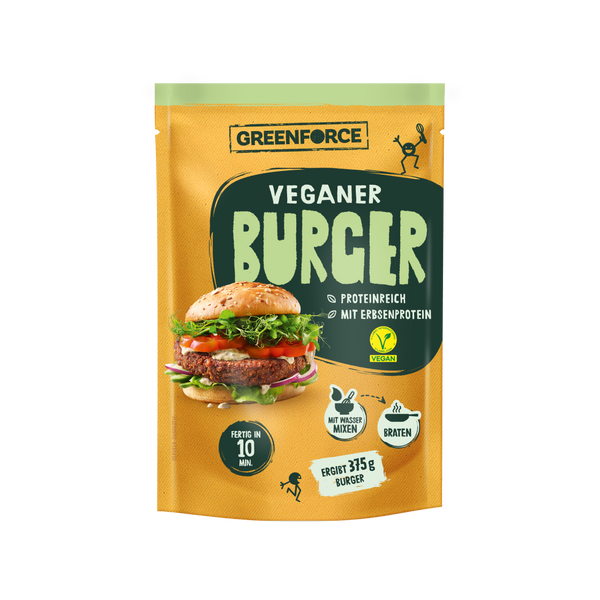What triggers an allergy or chocolate intolerance?
If you react to cocoa and chocolate products very severely or even with typical allergy symptoms, you should definitely consult a doctor. With an allergy test you gain security and are able to avoid dangerous allergic reactions. If you are allergic to cocoa components, you will most likely have to permanently avoid chocolate products that contain cocoa.
If you experience mild or at least tolerable symptoms after eating chocolate products, you can also test yourself whether the intolerance reaction is caused by cocoa ingredients or other ingredients. For this you need a small amount of pure cocoa mass or very dark dark chocolate that contains no additives.
If you have symptoms immediately after consumption, your body is actually reacting to cocoa - although this test cannot determine whether you are allergic or have an intolerance. If you initially remain symptom-free and only later develop signs of intolerance, the cause is almost always your reaction to additives .
Possible reasons why you cannot tolerate the chocolate mass are histamine intolerance or a general sensitivity to cocoa and cocoa products. Cross allergies can also trigger an allergic reaction.
Histamine intolerance
Histamine intolerances are common. They are primarily triggered by fermented foods. This also includes cocoa beans, as they go through a fermentation process before further processing.
The symptoms of histamine intolerance are largely identical to allergy symptoms. They are not limited to the digestive tract, but can also manifest themselves as skin symptoms, persistent colds, sore throats or histamine migraines .
If you suspect you have histamine intolerance, you should seek advice from a doctor or nutritionist. However, you don't have to completely avoid chocolate products. Histamine intolerance sometimes disappears on its own after a while. If not, you can try out whether white chocolate products are good for you .
They do not contain any cocoa, just the oil components of the cocoa beans. The so-called cocoa butter is free of histamines. White chocolate, which is largely free of artificial flavors and other additives that are not absolutely necessary, is ideal .
General cocoa sensitivity
Some people are generally sensitive to cocoa without an associated allergic reaction. Possible symptoms of such sensitivity include gastrointestinal complaints, but also headaches, nervousness and general irritability.
The symptoms worsen the higher the cocoa content of a chocolate product is. The caffeine contained in cocoa and cocoa products is most likely involved in causing such sensitivity.
 Germany
Germany
 Austria
Austria
 Switzerland
Switzerland
 Netherlands
Netherlands
 Belgium
Belgium
 Luxemborg
Luxemborg

































